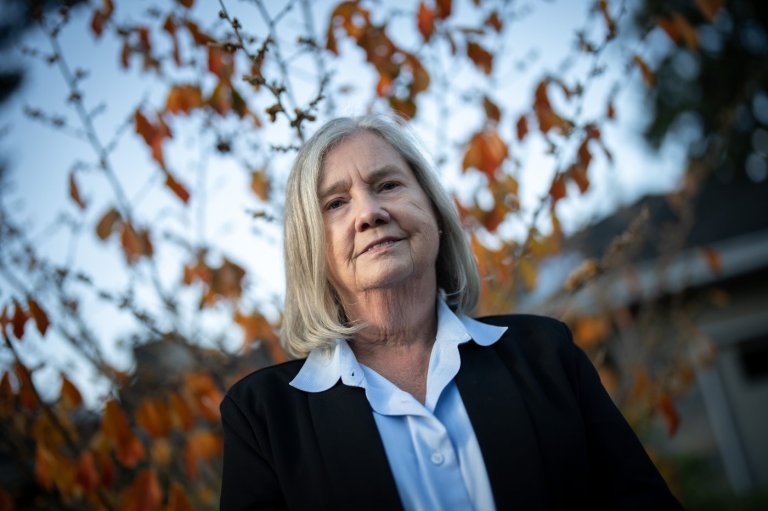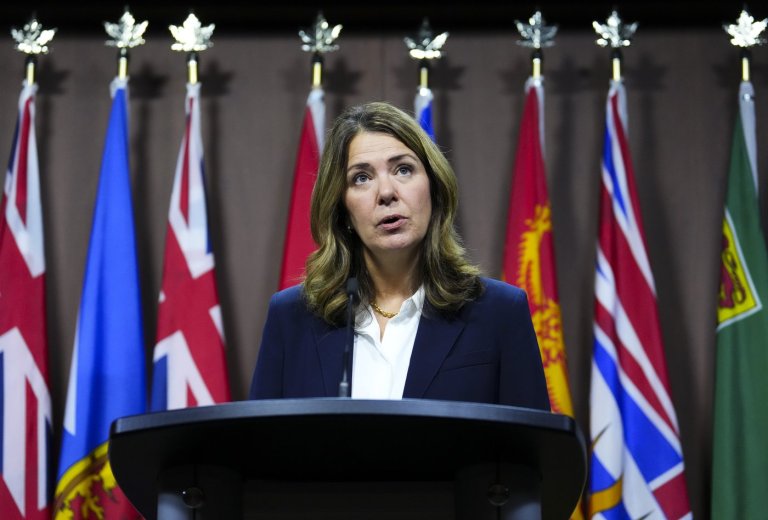Some facts about how Canada’s electoral map has been redrafted for 2015 campaign
OTTAWA – The federal election map has been significantly redrawn over the last two years, leaving some MPs looking at new ridings or modified ridings. Here’s a quick look at the process:
— The number of seats in the House of Commons is reviewed after each 10-year census. The number of seats can be changed in accord with the population growth.
— After the last census in 2011, 30 seats were added to the Commons, mainly to represent areas of high population growth.
— Ontario gained 15 seats, British Columbia and Alberta got six each and three went to Quebec.
— The boundaries of the new constituencies were drawn by 10 independent commissions, which also amended the maps of existing ridings.
— Only 44 of the 308 seats from the last election remain unchanged by the boundary commissions.
— As well as drawing electoral maps, the commissions also name the ridings. The names can be changed by a private member’s bill in the Commons.
— The House of Commons began in 1867 with 181 seats. By 1952, there were 265 seats. The total hit 301 in 1999 and 308 in 2006.
Join the Conversation!
Want to share your thoughts, add context, or connect with others in your community?
You must be logged in to post a comment.

















